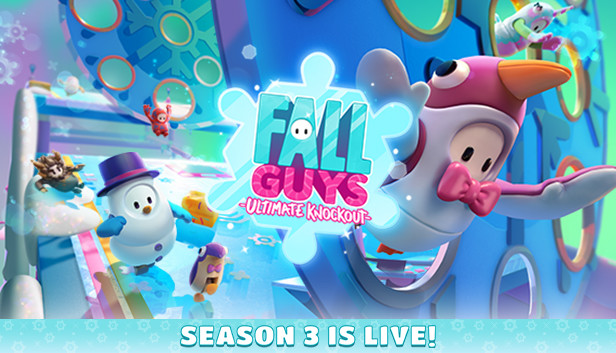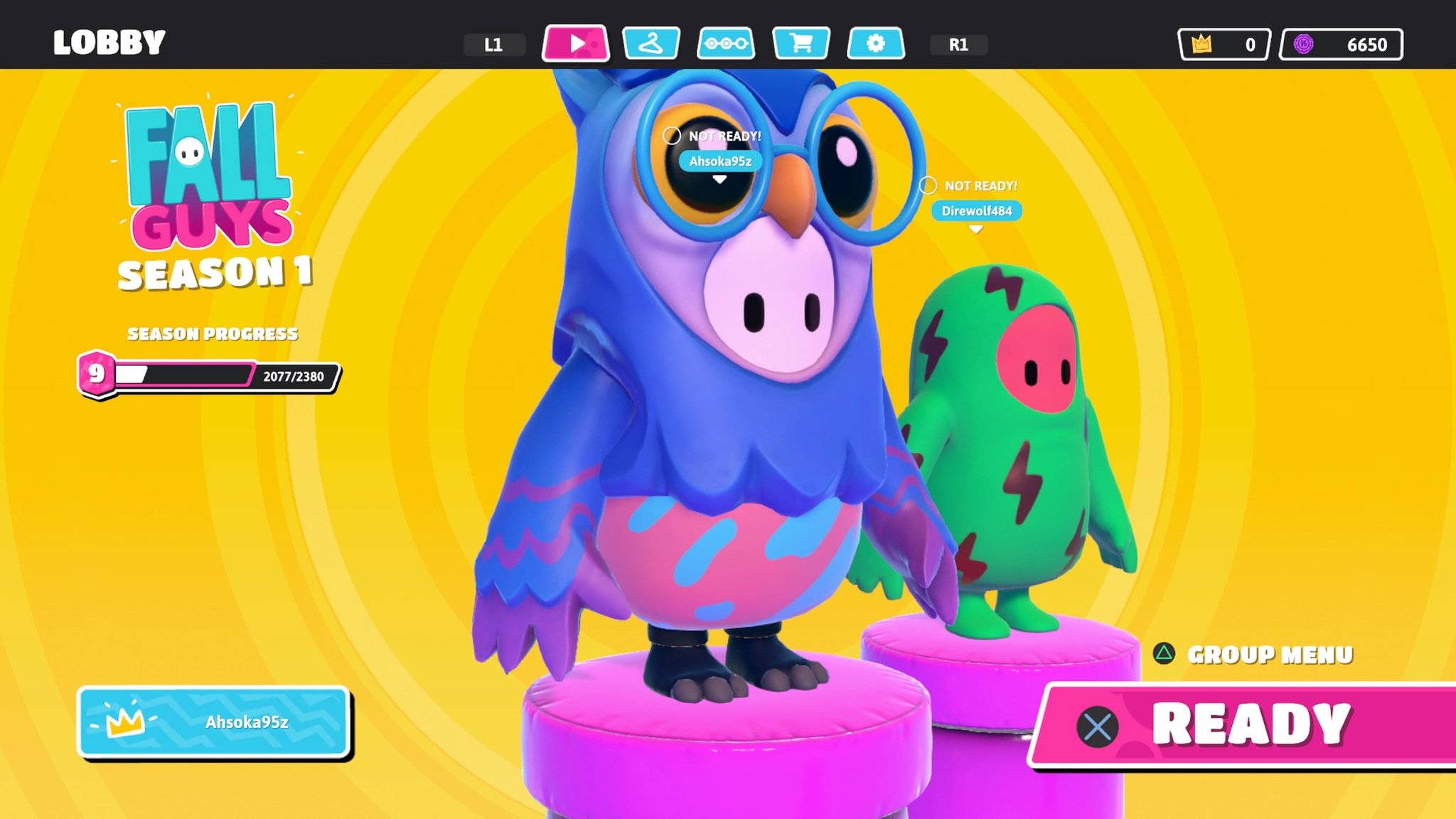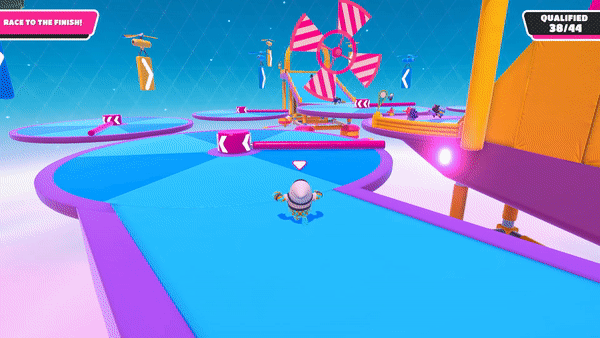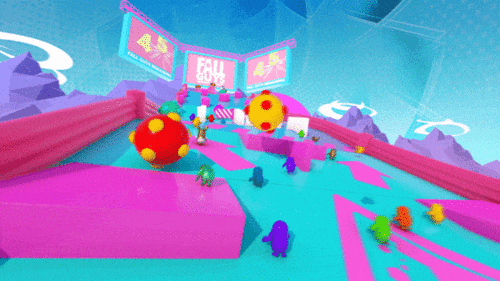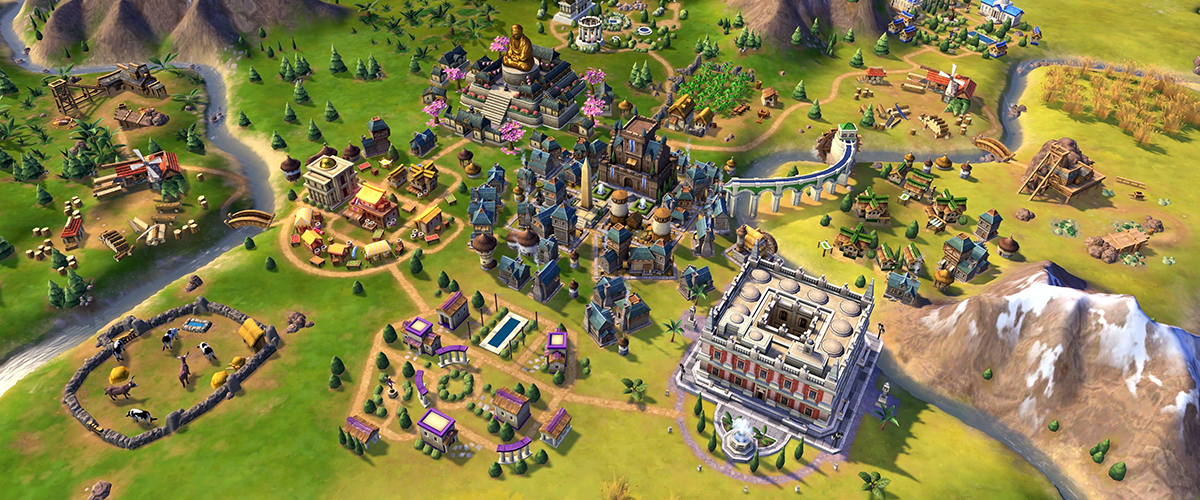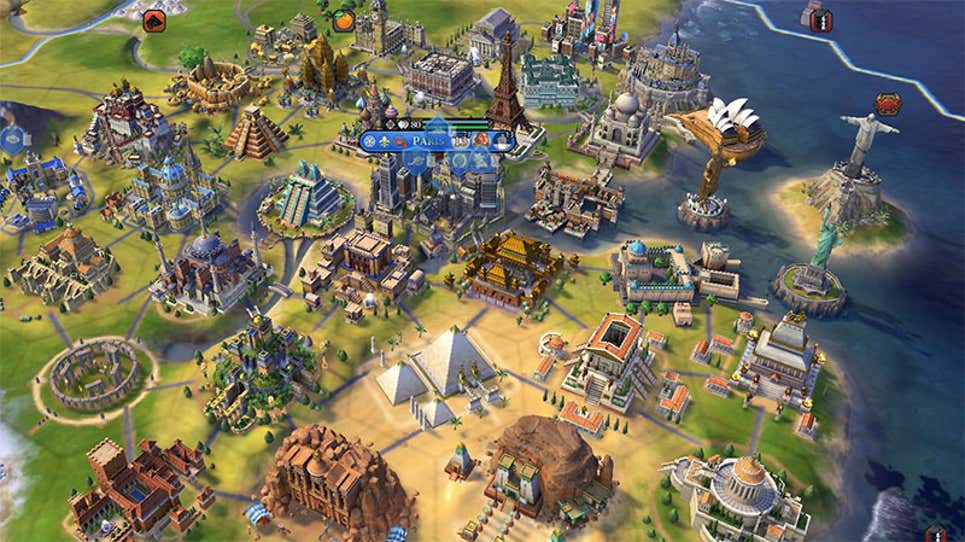
Game: Pokemon
Pokemon is a series of role-playing game (RPG) developed by Game Freak and published by The Pokemon Company and Nintendo. In the world of Pokemon, players embark on an adventure to explore the world as Pokemon Trainers, befriend mysterious creatures, save the world from the schemes of villainous gangs and undergo trials to become a Pokemon Master. The main mechanics involve catching Pokemon using special devices and commanding them in battles.
Thoughts and feelings when playing the game
I first played Pokemon about 20 years ago. As a wide-eyed little adventurer, I was immediately attracted the design of the adorable creatures and the concept of discovering the world of Pokemon and I’d be brimming with excitement when i reached new locations, encountered new species and when my Pokemon got stronger and evolved. I would spend hours training my Pokemon and battling with my friends. While it was frustrating to lose sometimes, it challenged me to never give up and develop better strategies for the next battle. Pokemon is truly a video game I’ve always enjoyed playing even until now.
Lens 9: The Lens of the Elemental Tetrad
Technology:
Pokemon is released on Nintendo consoles, Gameboy, Gameboy Advance, DS, 3DS and Switch, with the newer installments only compatible with the newer consoles.
Mechanics:

Pokemon started off with relatively simple yet novel mechanics. In the overworld, players are free to travel anywhere as long they have the necessary requirements. They can talk to NPCs and interact with objects to unlock new locations/progress the story. Wild Pokemon can also be randomly encountered and added to the player’s team.
In battle, the player calls out a Pokemon, who can be commanded to attack, or switched out for another Pokemon in the player’s team. Each Pokemon has 6 stats – HP, Attack, Defense, Special Attack, Special Defense and Speed, has up to 2 types, can learn up to 4 different attacks and each type has weaknesses and resistances. All these play a part in determining how much damage a Pokemon deals/receives. Players win a battle by knocking out (reducing HP to 0) all of the opponent’s Pokemon. Some Pokemon can even power up during battles (Mega evolve, Z-move, Dynamax), which is not only cool to behold, but can turn the tides of the entire battle! While the mechanics are rather straightforward (simply choose a command every turn), battles are extremely intricate and require sound predictions and decision-making.
Story:
The core series of Pokemon games typically follow the same flow – you start out as a Pokemon Trainer, travel the region, prevent the world’s destruction and eventually becoming the Champion, or the strongest trainer. While some people play Pokemon for the battles, I’d say that the story makes the games far more interesting. The stories in the games feature plots to explore the relationships between people and Pokemon and occasionally challenges our philosophies and outlook in life. This not only makes the gameplay more enjoyable, with clear goals to work towards, but also makes the games more relatable and breathes life to the Pokemon, as we see them for more than creatures humans use in battles.
Aesthetics:

Pokemon started as a game with simple 2D visuals, which is honestly not that great, but it provided the space for players to imagine a Pikachu zapping opponents over a Gameboy. Over the years with newer installments, graphics improved drastically. The music used in later games also improved drastically and had much more variations, greatly enhancing the tones and moods in the events of the games, making them way more engaging.
Lens 55: The Lens of Visible Progress


Within the story mode of all the core series Pokemon games, there’s a clear way to track your progress and a Trainer – via the official Pokemon League Gym Badges/Island Pilgrimage Stamps from defeating powerful Gym Leaders or Island Kings/Queens in battle. These in-game tokens are a testament of a trainer’s abilities to overcome difficult battles. Trainers then work their way up to beat the Four Heavenly Kings and Champion to become the strongest Trainer in the region. In the post-game, there are even more difficult opponents in facilities like the Battle Frontier and Pokemon World Tournament and triumphing over them upgrades the Trainer Card, further attesting to a Trainer’s skills.
Lens 83: The Lens of Fantasy

Part of the great gameplay experience of the Pokemon games could be attributed to the co-existence with its anime. The anime counterpart of Pokemon focuses much more on storytelling, the presentation of each unique Pokemon and the battles. Different Pokemon have different biology and characteristics that they use to their advantage, some Pokemon are cunning, some clumsy and absent-minded, each have different behaviors and preferences etc. All these, coupled with the human characters and the interactions and relationships between them show us how fun it could be in the world of Pokemon. As players play the game, they can then project the vivid adventures and visuals of the anime onto the game, making the game come to life!
Lens 8: Problem Solving

One of the most exciting things in Pokemon is the battles! By connecting to the Internet, Trainers can battle each other all over the world. There are virtually endless combinations of teams one can use in a battle, and arguably, the challenge starts even before the battle. A trainer has to consider the strengths, weaknesses and synergy of a team they put together. During battles, trainers have to keep tabs on the possible threats in the opposing team and think of strategies to outmaneuver them. Using different Pokemon teams and facing different obstacles across various battles, then coming up with strategies to overcome them is what make Pokemon battles so fun!

Lens 5: Fun
As mentioned in Lens 8, Pokemon battles allow trainers to unleash their creativity by putting together a strategy. That’s right, even the most ridiculous of strategies can work. “What if I do this with this Pokemon?” is a question that trainers often think of and before long, we rush to try our newly conceived strategies out. While the mechanics are simple, new strategies and optimization are always being conceived, allowing for fun limited only by our imagination.
Conclusion

Aim to be a Pokemon Master! Pokemon is a game that is straightforward to play, yet extremely intricate from the sheer amount of options and strategies available. The lighthearted concepts of adventures, dreams and friendships with Pokemon, combined with character designs, storylines and musics are also highly appealing, making it suitable for all players, young or old, competitive or casual.




/cdn.vox-cdn.com/uploads/chorus_asset/file/19743154/OVR_PR_Switch_GameplayShots_XA_036_A.png)







